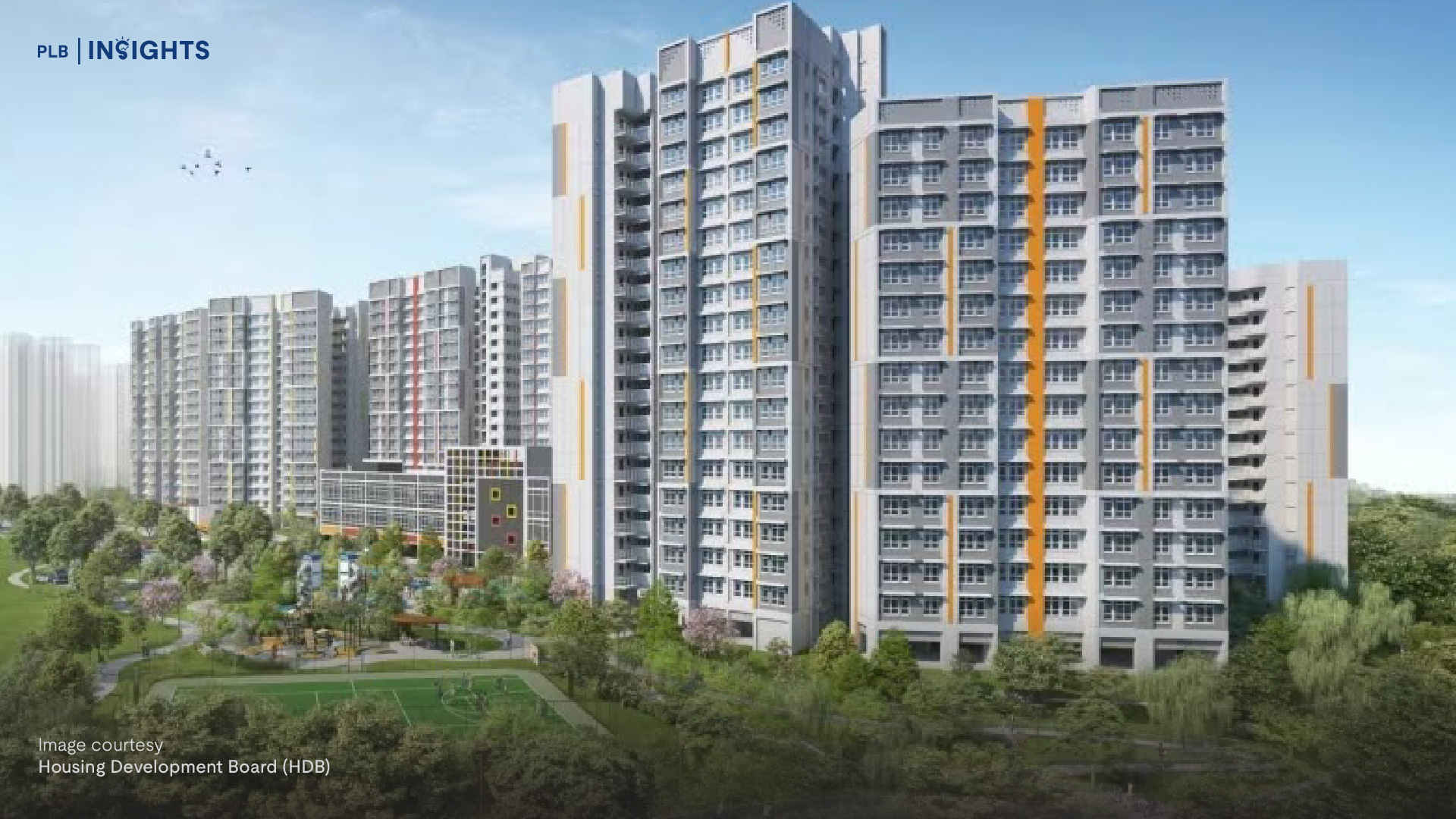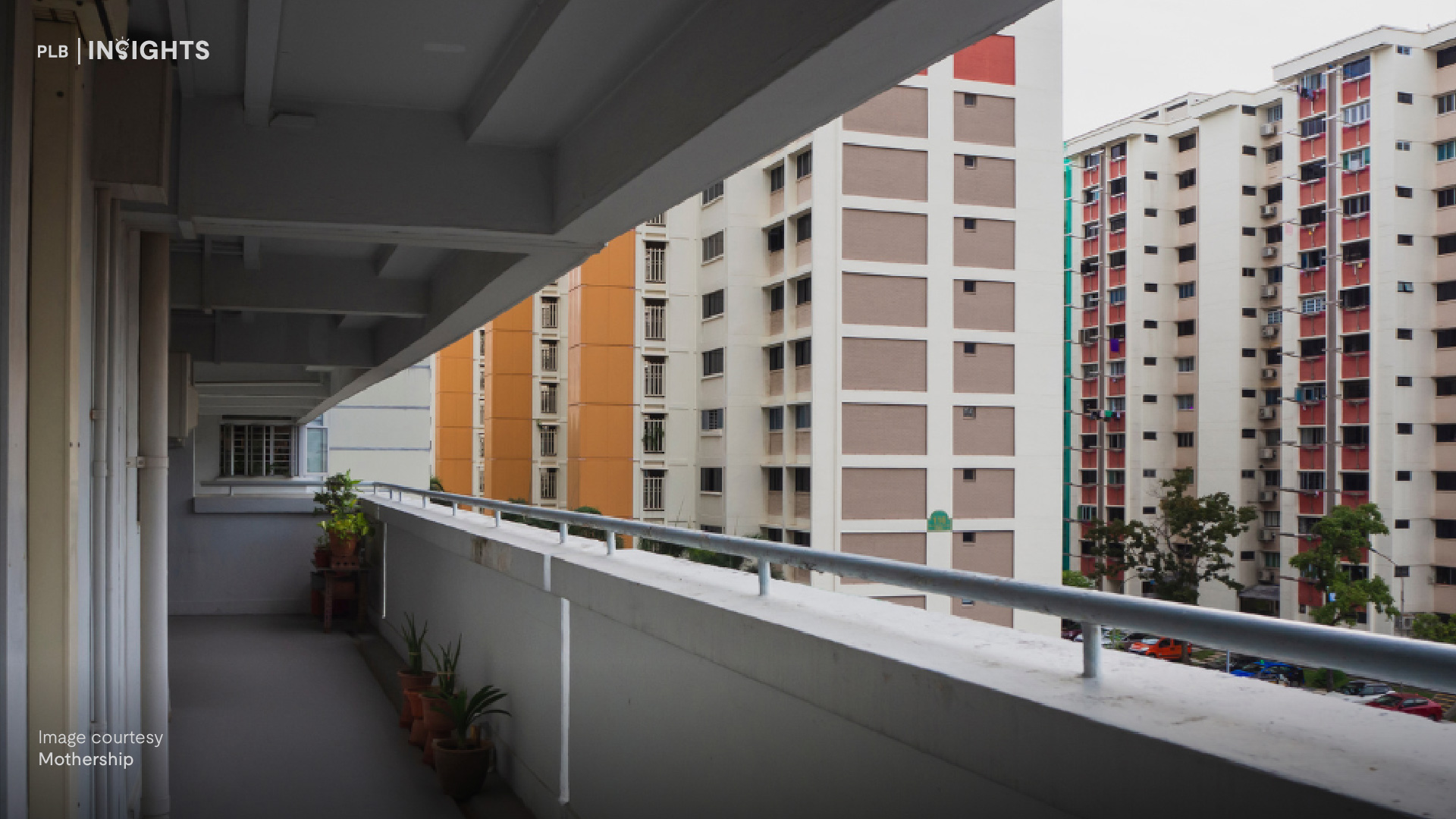
Cryptocurrency has swept the world by storm with markets nearing USD$3 trillion at its pinnacle. The market has been drastically plummeting since its peak and as of time of writing, its capitalization is under USD$1 trillion.
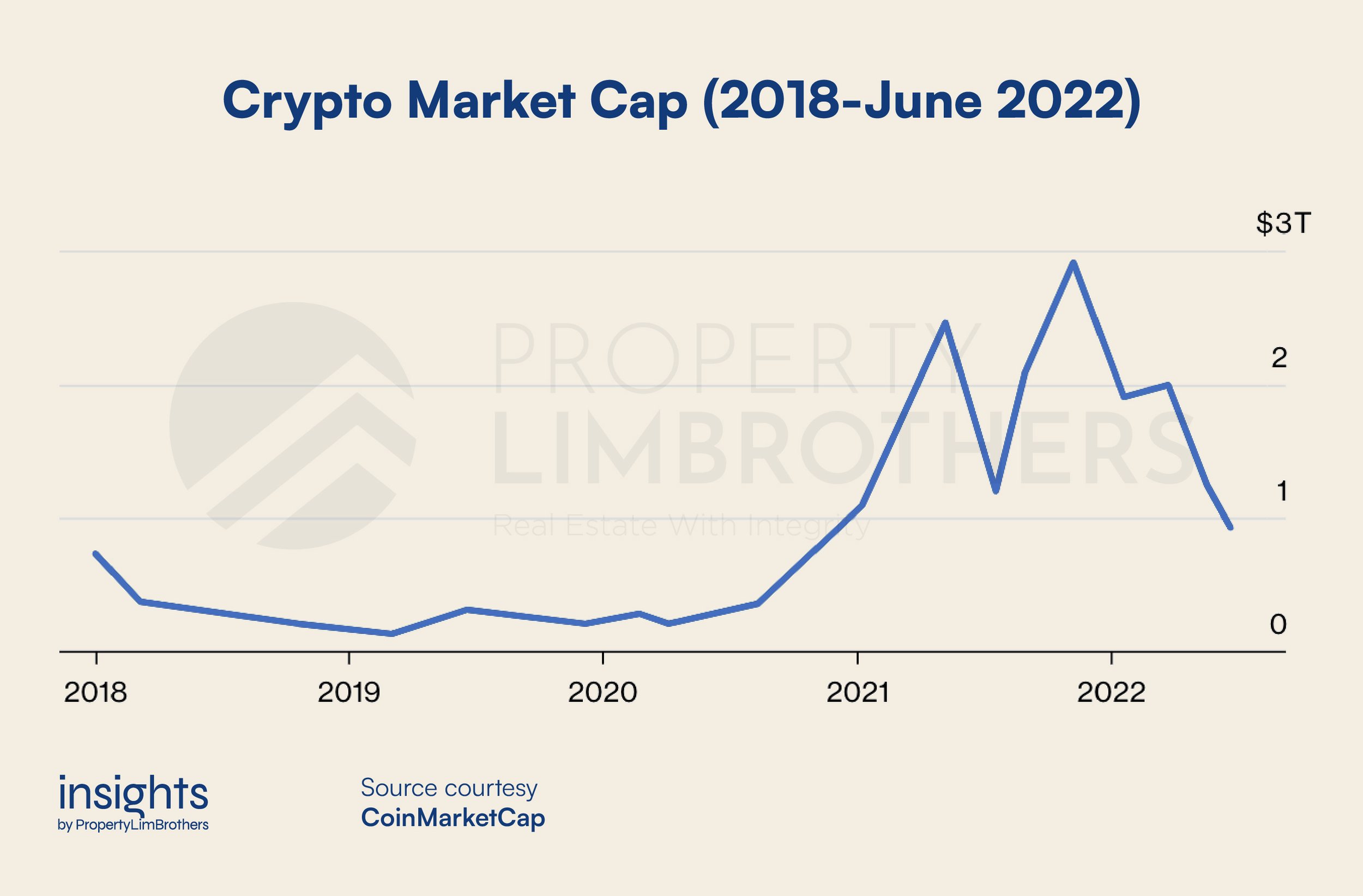
Despite promoting itself as an inflation hedge, Bitcoin, the original cryptocurrency, has seen an almost 50% decline in value since last year. Real Estate essentially helps hedge inflation too. Will Singapore’s housing market crash similarly?
In this article, we will be touching on shared ideologies crypto and real estate have and understand how we can make better decisions as property investors.
Investing in Real Estate vs Cryptocurrency
Before delving what we can learn from the crypto market crash, it is important to recognise its differences;
Cryptocurrency is
-
An intangible asset- More specifically, it is a form of digital currency that utilises Blockchain technology.
-
Able to be transacted anytime and anywhere- Crypto investors are more prone to panic sell in times of uncertainty
-
An investment that thrives onFOMO culture
-
Usually transacted in high volumes
-
A short/ long form of investment that requires a low barrier of entry
Real estate is
-
A tangible asset
-
An investment that takes a longer time to enter and exit the market
-
Not transacted in a high volume as compared to crypto
-
An investment that has inherent value which rises against inflation
-
A long form of investment that requires a high barrier of entry
While both forms of investment have their advantages, both share the same concept of paper gain and paper loss.
What is Paper Gain and Paper Loss?
Paper Gain/Loss (also known as unrealised gain/loss) occurs when the value of an item is higher/ lower than the price the item is purchased at. This gain/ loss will not affect the investors until they actually sell the item.
Note that we will only be focusing on the trend prices and not on the size of the following case studies.
Scenario #1 — Upwards Trend
To understand the psychology of the upwards price trend, here is an illustration: If you entered Bitcoin when it was worth $10,000~ and right now it is worth $23,000, you might be thinking “Hey! I’ve seen a gain of $13,000, I think I want to sell because…
-
I have identified a better investment
-
I am making a profit
-
I am making a paper gain
-
I can use my profit and original capital to invest into another asset I think has a higher/ faster growth potential”
This same ideology generally applies when it comes to existing owners of real estate.
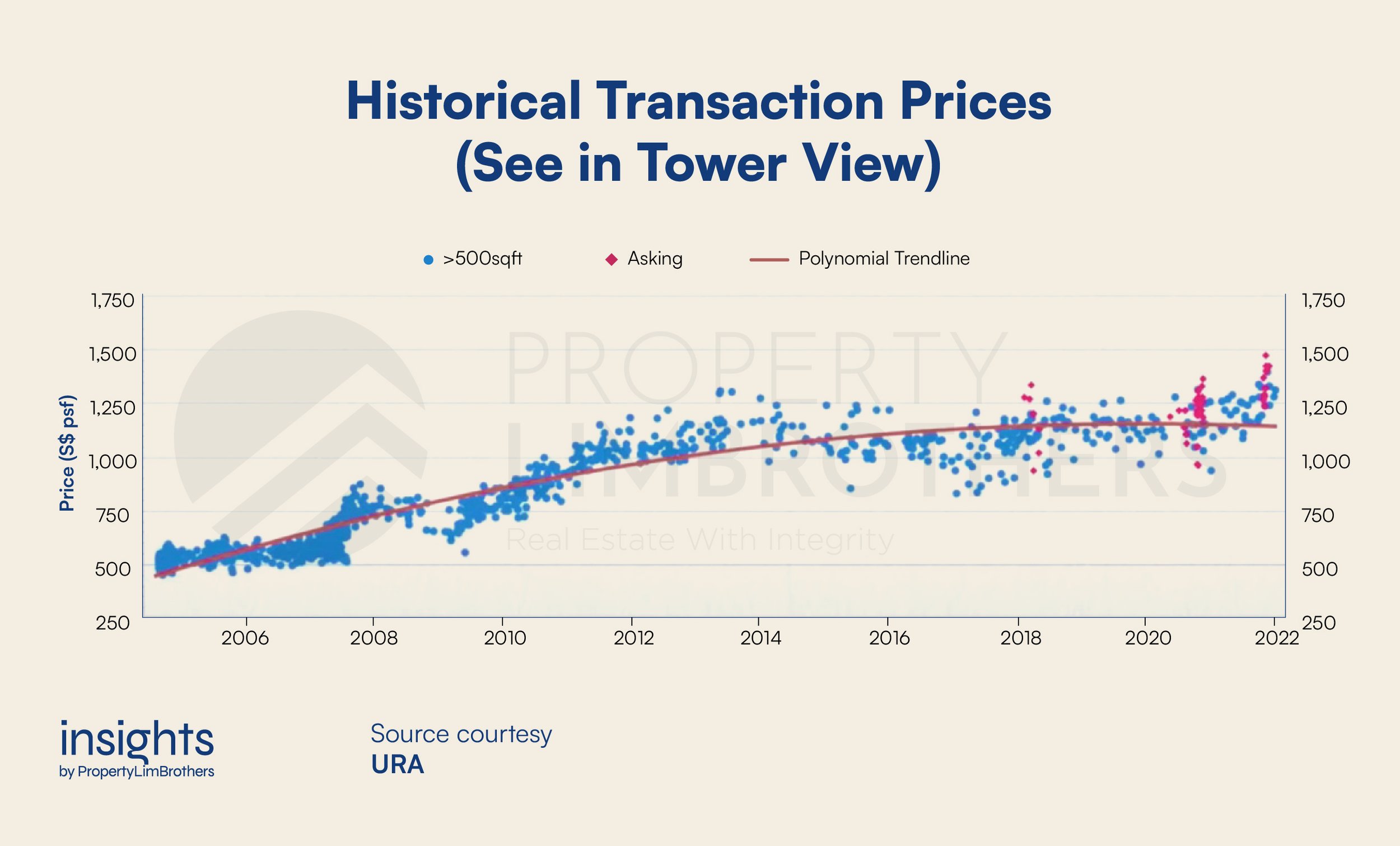
Quick facts about Project #1, Kovan Melody:
-
99-year leasehold development
-
District 19
-
Launched in 2004
-
TOP in 2007
-
600+ unit
The graph above shows an upward trend in prices since its launch date till now. Although the project is currently about 18 years old, the leasehold is still appreciating having a nice momentum in terms of appreciation. From an average of $500-$600 psf during its launch to $700+ psf at TOP, it is currently trending at an average of $1,300-$1,400 psf.
While there are many instances of new launches and resale units seeing appreciation, the contrary is also prominent in the market. A key factor that contributes to the appreciation of a property is the profile and margin that the current owners are sitting on.
If you happen to be the first, second, or third owner that entered progressively, into Project #1, you are highly likely sitting on a gain. There is no inherent need to sell off the property unless:
-
There is a better opportunity out there, or
-
You are comfortable and willing to sell the property either at the current market price or higher than neighbouring property sale
In other words, these owners are most likely not urgent to sell away their property and if owners want to sell, it will probably be at a higher price than neighbouring exit prices.
This mindset is very contrasting when you are sitting on paper loss.
Scenario #2 — Downwards Trend
Paper Loss Mindset (Singaporean vs Foreign Investors)
To understand the psychology of the downward price graph, here is another illustration: If you entered Bitcoin in late 2021 (USD$60,000~) and now Bitcoin is worth $23,000~, would you sell your crypto?
If you have no need for your investment fund parked in Bitcoin and are using Bitcoin as a form of mid to long-term strategy, there is simply no need to sell your Bitcoin. The moment you sell your portfolio, there will be an immediate loss. Instead, holding on for a minimum of 3 years is advised.
Why 3 years specifically? It is because when we divert back to real estate investment, there is a blackout period of three years the moment investors buy a residential property. If an investor sells their property within that 3 years, they will be hit with Seller’s Stamp Duty of 4% to 12%.
Now, let’s take a look at Project #2, Grange Infinite:
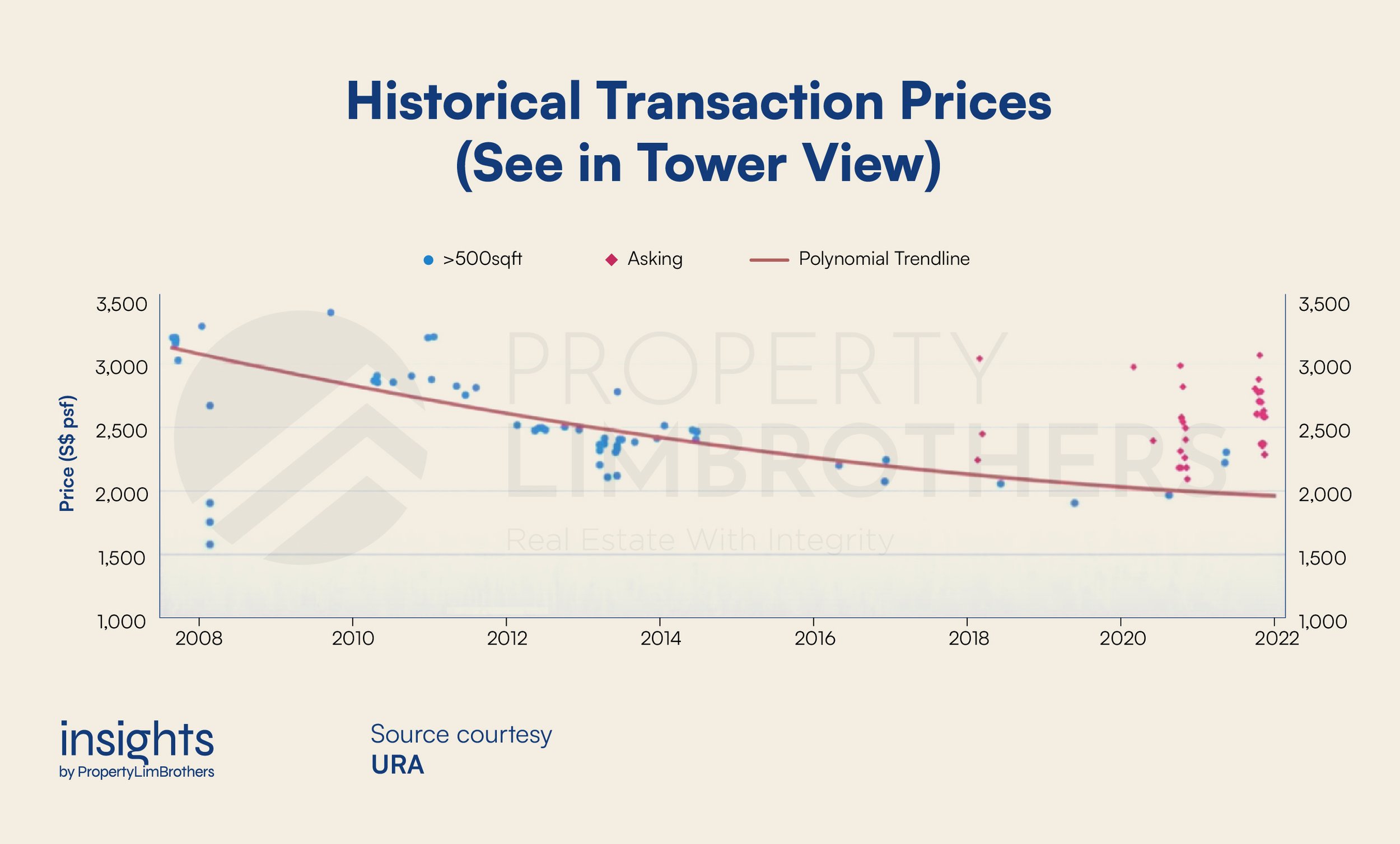
Quick facts about Grange Infinite:
-
Freehold development
-
District 9 (Prime District)
-
Launched in 2007
-
68 units
The graph above shows a downward trend of prices for the past 14 years. Project #2 launched at $3,000+ psf and its price dropped nearly by a thousand to $2,000+ psf.
How is project #1 able to defy the odds of the Lehman brothers in 2007, ABSD and TDSR in 2013 to rise up yet the price of Project #2 today is much lower than where it used to be. Some people are certain that new launch buyers will definitely see appreciation but as seen from this case study, it is simply not true.
No matter when investors bought this development, they will be sitting on a paper loss. If investors are selling their property at a paper loss, it is highly likely that they
-
Need to sell the property urgently for the money, or
-
Feel that there is no chance that the project will recover because the valuation is damaged through the past 10 years of a declining transaction psf level
If you take a closer look at the Project #2, you will notice that the amount of transactions usually in the downward trend is very little. This is likely due to many of the owners being demotivated to sell in hopes that the project will recover past net loss.
Because they are unable to wait for the recovery, some owners may choose to cut their paper losses or just depart at the existing bank valuation. Alternatively, these transactions may be made by foreign investors. After all, foreign investors and buyers are in very different positions from Singaporean investors.
For property investors whose native currencies are performing weaker than the S$, they may still see a profit after reselling their properties at a net loss. When translating the transacted price back to their native currency, foreign investors may see a gain because S$ has appreciated so much against their original country by so much over the years.
For other property investors, they gain the opportunity of buying their property in a base currency that is appreciating against their native currency.
This then begs the question;
Will the downwards trend continue forever?
At some point, the project will probably reach a saturation point where it might stanate or recover. The recovery point will be reached when all surrounding projects are so much more expensive in terms of psf. If the surrounding has not outperformed this project by a huge disparity, it might continue to trend downwards or it might stay flat before hitting this recovery point. As every property performs differently, each recovery point may vary from property to property.
After a property hits its recovery point, current owners may price their property slightly higher to challenge the next asking price. When the asking price is being challenged successfully and the deal gets transacted, the valuation of the property will gradually increase upwards. This is what forms the basis of an upwards curve.
TLDR; The 2022 Crypto Market Crash
Conceptually, cryptocurrency should not be affected by inflation. In reality, the crypto market mirrored the stock market quite a fair bit. When the stock market collapsed, Bitcoin collapsed as well.
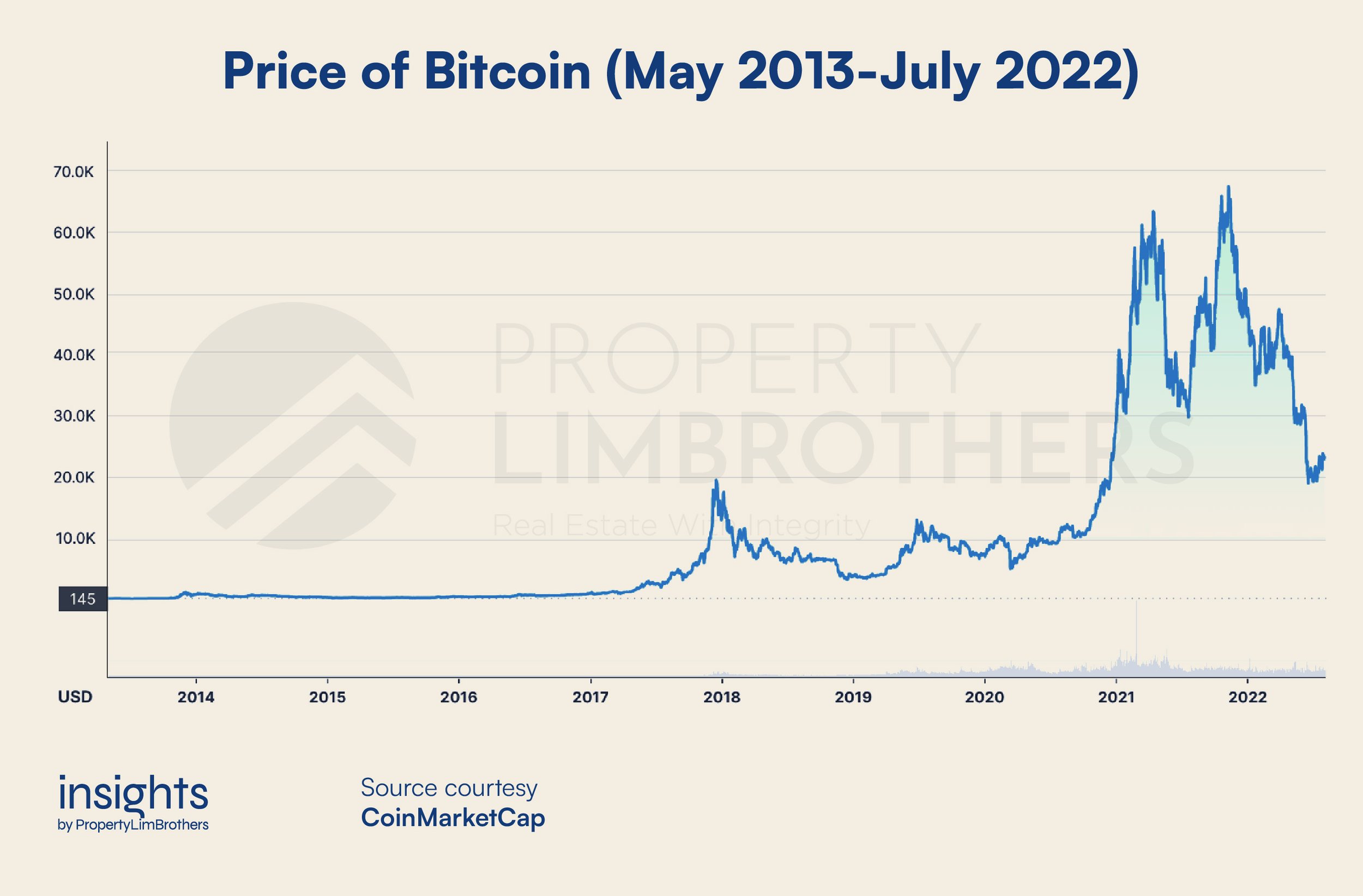
Aside from Bitcoin, there is another currency that contributed to the fall of crypto; stablecoins. Generally pegged to an external ‘stable’ asset, stablecoins was known for what its name suggests: ‘Stable’.
The collapse of the Terra platform reduced an overall confidence in stablecoins, which in turn reduced trust in cryptocurrencies as a whole.
So what about Singapore’s housing market?
Will Singapore’s housing market crash?
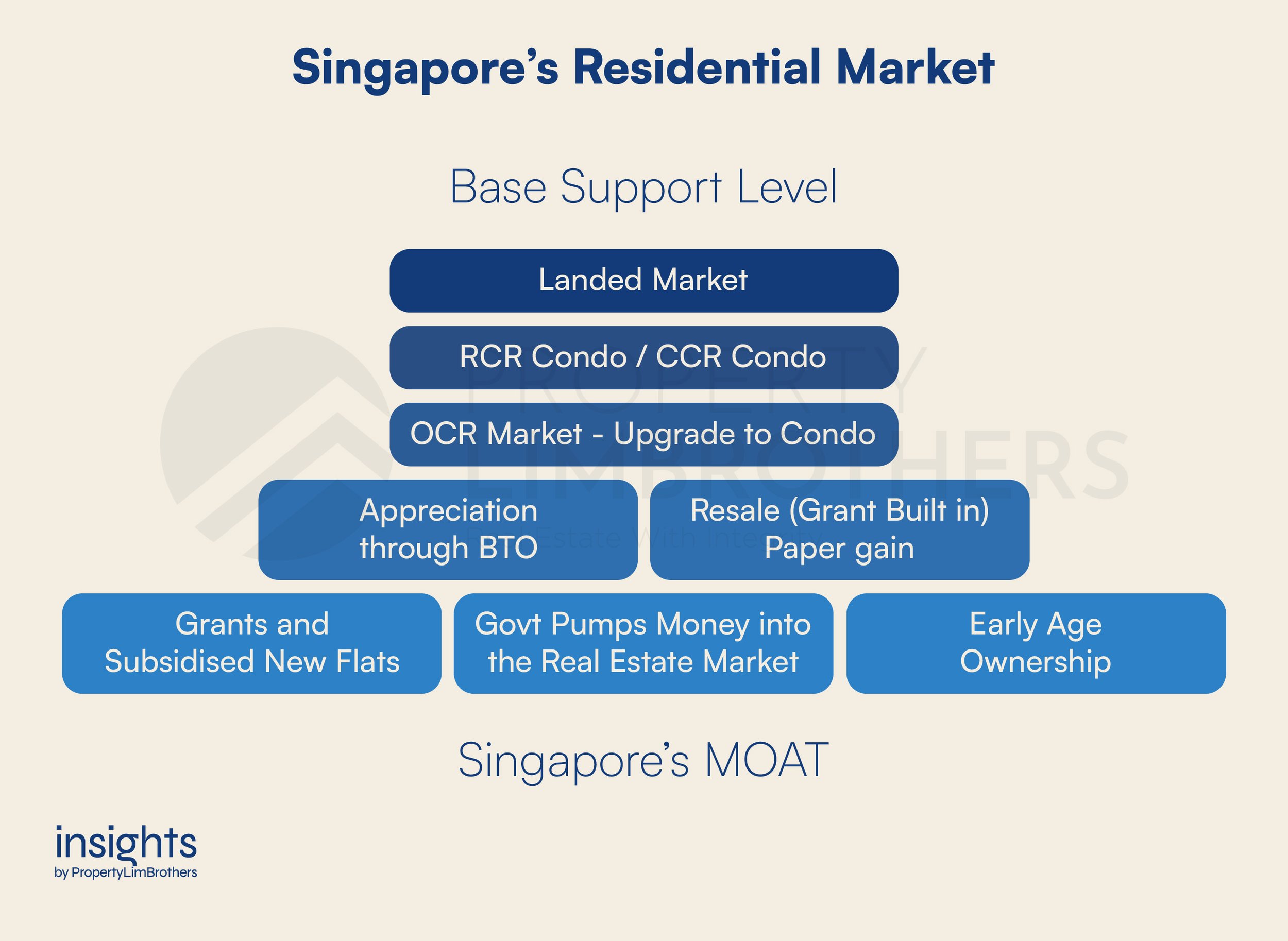
In a sense, Singapore’s residential market has its own MOAT. The base support is mainly provided by the government through means of resale grants and subsidised new flats.
Did you know that CPF housing grants can go as high as $160k? This grant is especially useful to owners who want to invest in their first resale property. With the grant, owners do not need a full set of downpayment in their CPF account to funnel into their first resale purchase. Additionally, this grant helps add to paper gain when the resale flat is sold.
For example, if you receive a $100k grant to buy a $600k flat and subsequently sell the unit at $600k, the $100k is technically still yours to keep. You can keep that resale grant throughout your entire life if you move on continuously towards resale HDB properties or private properties.
If you are a BTO flat owner who has completed your MOP (Minimum Occupation Period), it is highly likely for your property to see an upwards appreciation in terms of entry price towards exit price. After all, new flats are highly subsidised.
The grants and subsidised new flats definitely create an early entry point into the residential market through HDB apartments. By the time MOP is completed and more capital is built over the years, young families are able to sell the capital trapped in their apartments and repurpose the funds into a private property.
The above forms the base support level for our overall residential market structure.
Final Thoughts
In terms of volatility, investors would likely be assuming a “HODL” position. HODL (aka Hold on for Dear Life) is an investment strategy used by crypto investors where they hold onto their assets regardless of short-term market activities. This position would tie back with Real Estate investment having a long-term horizon.
Given the case studies of an upward trend and a downward trend price movement, we hope that you have understood how the owners of the respective projects may react and what should investors or buyers like ourselves do to make better economic decisions.
If you are wondering whether our prices will crash, it will be a highly unlikely situation. With a strong base level of home ownership in Singapore, there is no need for people to sell their homes unless they are upgrading or shifting locations.
Want to know more about how to make wiser and more responsible property decisions? Check out our MOAT Analysis series to understand more factors that affect a property’s appreciation. Till next time!



